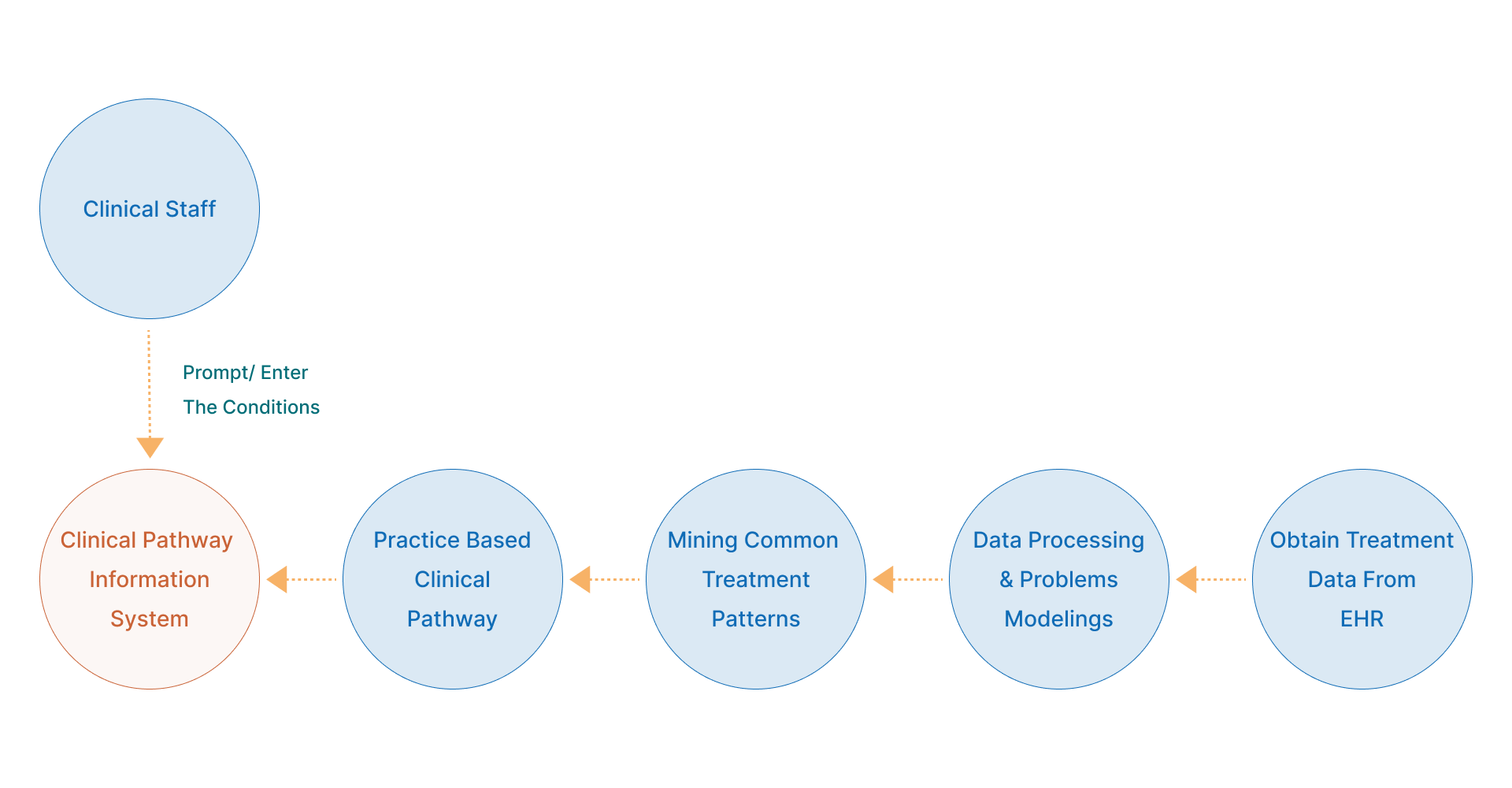Overview
The client is a prominent healthcare organization operating multiple medical facilities across the United States, seeking to enhance patient care delivery by implementing a clinical pathway system within their existing Electronic Medical Record (EMR) software. With a commitment to providing high-quality and standardized care to their patients, the client recognized the need for a streamlined approach to care management and treatment protocols. Due to our extensive experience in delivering healthcare services and our impressive track record of successful projects, the client chose to engage with us for this project.
Business challenges
1. Uneven and Unpredictable Conditions and their Severity:
The client faced challenges due to variabilities in conditions and their severity. As the treatment varies based on the condition and severity, it is difficult for providers to follow the appropriate pathway, leading to potential inconsistencies in treatment plans and outcomes.
2. Lack of Standardization:
The absence of standardized protocols made it difficult to track patient progress, measure the quality of care, and identify areas for improvement.
3. Quality and Safety Concerns:
Inconsistent care practices raised concerns regarding patient safety and quality of care. Without standardized protocols, there was a risk of medical errors, adverse events, and suboptimal patient outcomes.

Solution
To address these challenges, our team proposed, customizable EMR development of a robust clinical pathway system integrated seamlessly within the client's existing EMR software. We have delivered the following features to the client:
1. Unified Care Pathway System:
To address the variability in conditions and their severity, we implemented a standardized clinical pathway system within the client's Electronic Medical Record (EMR) software. This system provided predefined protocols and treatment algorithms for various medical conditions and their severity, ensuring consistency in care delivery across all healthcare providers and facilities.
2. Standardized Protocols and Templates:
To overcome the lack of standardization, we developed customizable templates and protocols within the EMR system. These templates allowed healthcare providers to document patient data, treatment plans, and progress using standardized formats and terminology.
3. Safety-Driven Decision Support Tools
To address quality and safety concerns, we focused on enhancing patient safety features within the EMR system. We implemented alerts and reminders to notify healthcare providers of potential safety risks, such as medication interactions or allergy alerts. This approach minimized the likelihood of medical errors, adverse events, and suboptimal patient outcomes, thereby enhancing overall patient safety and care quality.
Value Delivered
-
Enhanced Consistency:
Integrating the clinical pathway system with EMR helped achieve a 30% reduction in treatment variability among healthcare providers.
-
Increased Documentation Accuracy:
Standardized Protocols and Templates Boosted documentation compliance rates by 20%.
-
Reduced Medication Errors:
Notified providers of potential medication interactions, resulting in a 35% decrease in medication-related incidents.
Don't just take our word for it; hear from satisfied client:
"Integrating the clinical pathway system into my EMR has been a game-changer for my practice. It has ensured that all my patients receive the best possible care, regardless of who sees them. The system has also saved us time and improved communication, allowing us to focus on what matters most - providing exceptional patient care.’’
